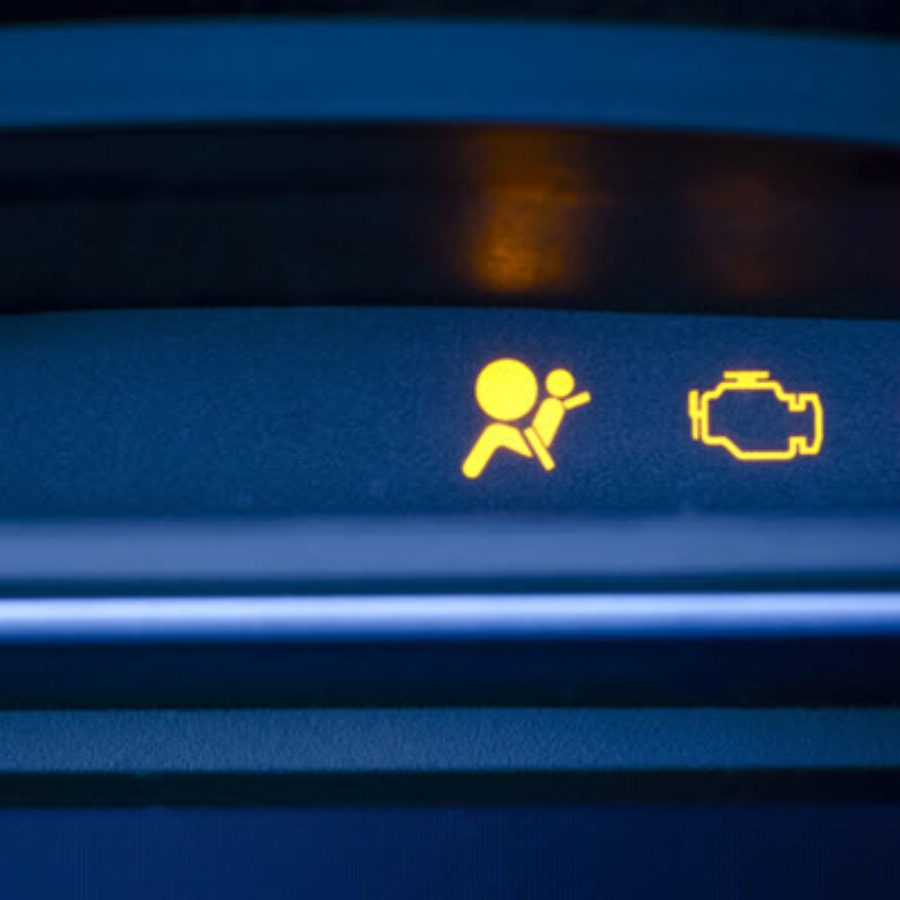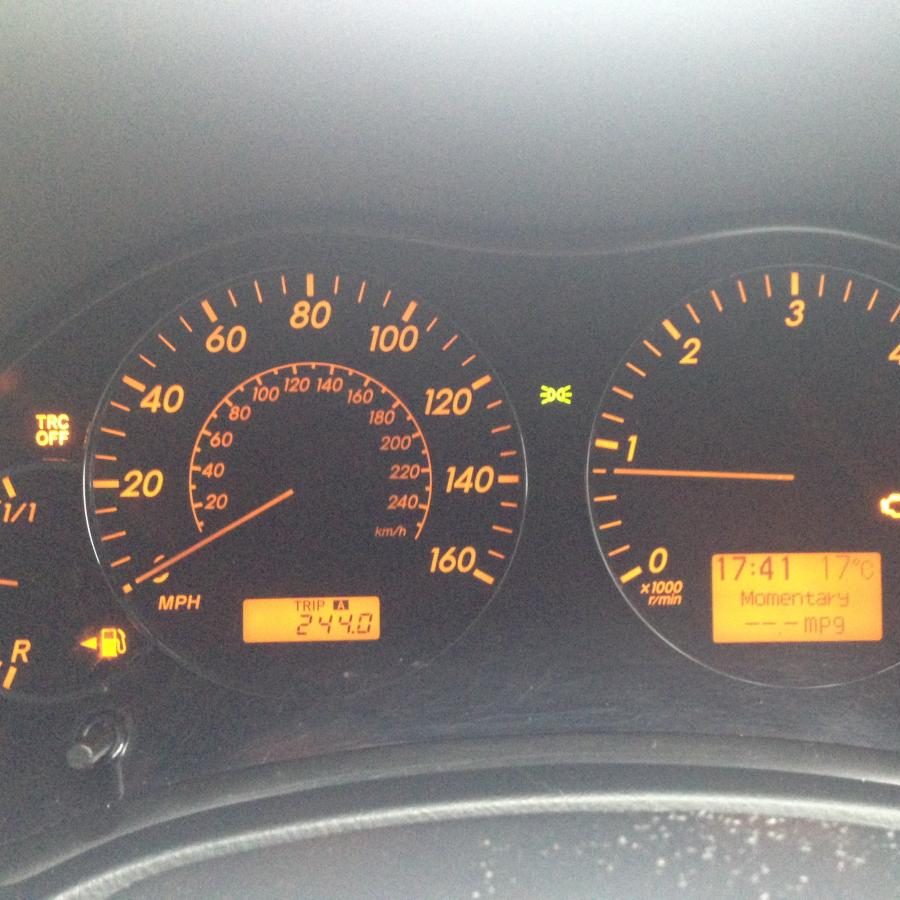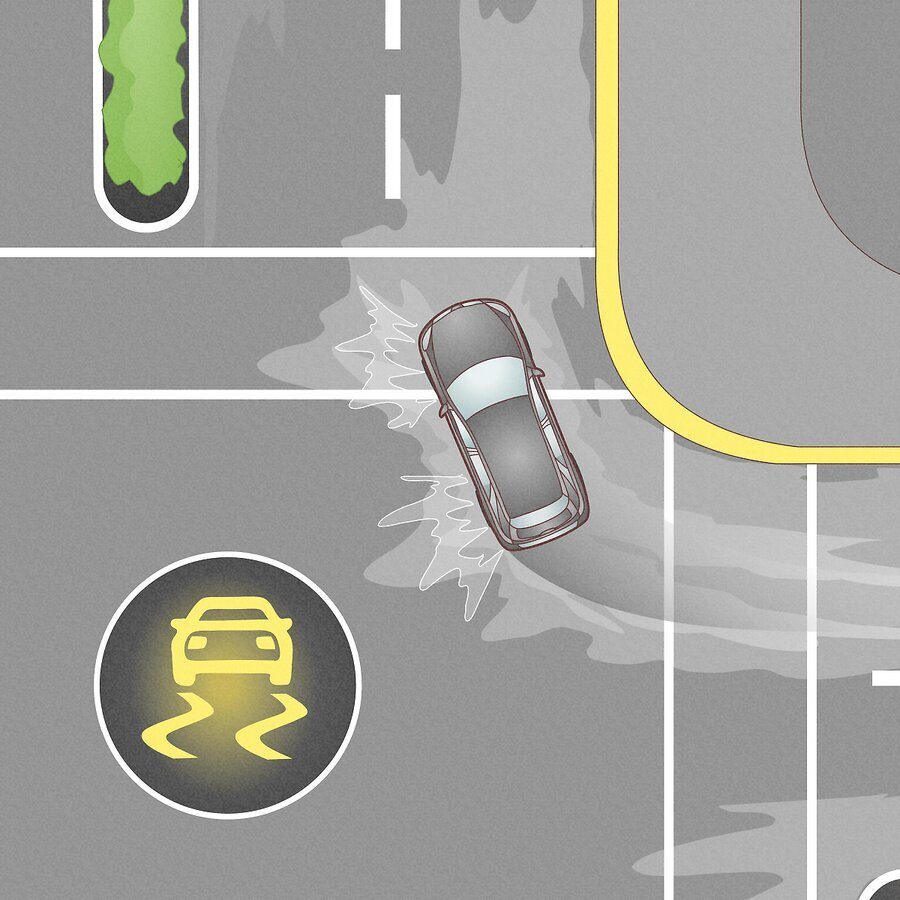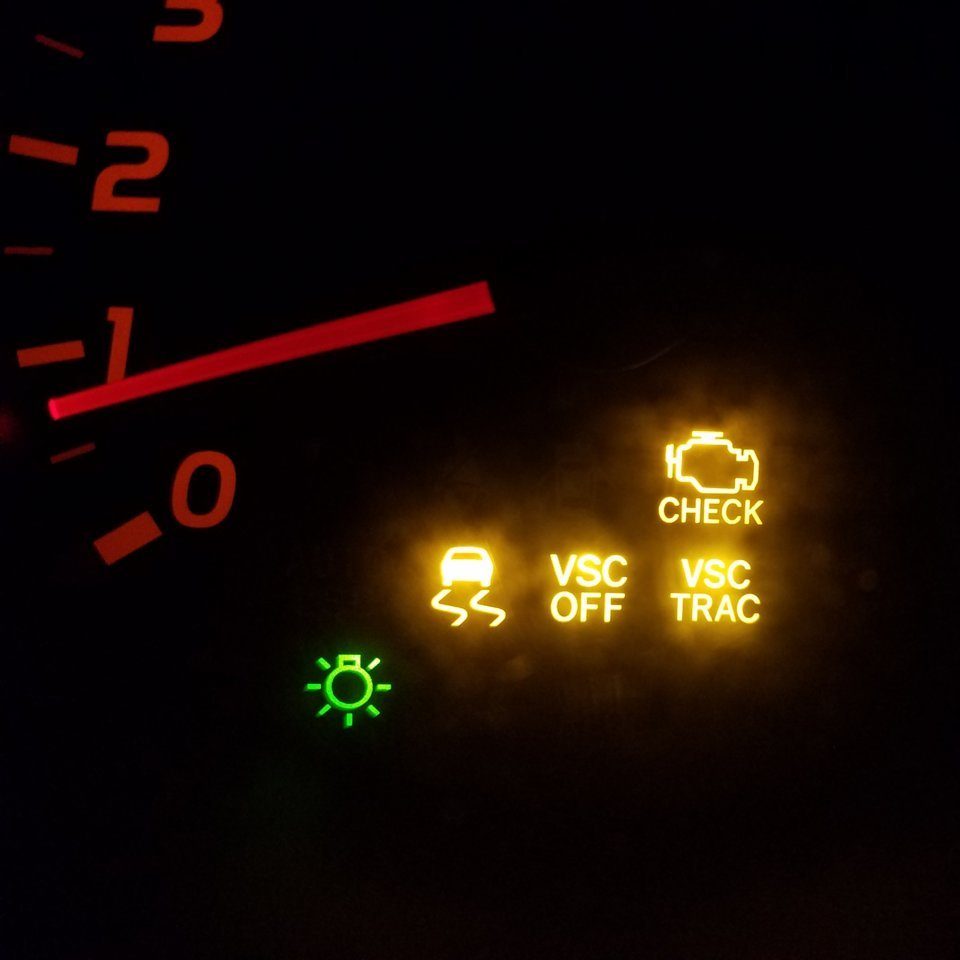The Toyota VSC (Vehicle Stability Control) warning light is an important indicator of your vehicle’s performance and safety systems. Understanding what this light means is crucial for maintaining your Toyota and ensuring a smooth driving experience. This guide will explore the Toyota VSC warning light, its implications, and the steps you should take if it appears on your dashboard.
What is VSC?
Understanding Vehicle Stability Control
Vehicle Stability Control (VSC) is a safety feature designed to help drivers maintain control of their vehicles during challenging driving conditions. It works in conjunction with the anti-lock braking system (ABS) and traction control system (TCS). The primary goal of VSC is to prevent skidding and loss of traction, particularly in slippery or uneven road conditions. By detecting when the vehicle is losing grip, VSC automatically applies brakes to specific wheels and adjusts engine power, helping drivers maintain control.
How VSC Works
VSC utilizes various sensors to monitor the vehicle’s speed, steering angle, and lateral G-forces. When the system detects that the car is moving in a direction that does not match the driver’s steering input, it intervenes. For example, if a driver turns the steering wheel, but the vehicle continues to slide in another direction, the VSC engages. By selectively applying brakes and reducing engine power, it helps bring the vehicle back onto its intended path. This system greatly enhances safety, especially in adverse weather conditions like rain or snow.

The Meaning of the VSC Warning Light
What Does the Light Look Like?
The Toyota VSC warning light typically appears as an image of a car with tire marks, often accompanied by the words “VSC” or the abbreviation “VSC” next to it. Depending on the model year, the icon may vary slightly, but the indication remains the same. When this light illuminates on your dashboard, it signifies that there is an issue with the VSC system or that the system is actively engaged.
Reasons for Illumination
Several factors can cause the Toyota VSC warning light to appear. The light may indicate a malfunction within the VSC system itself, a problem with the ABS or traction control systems, or even unrelated issues like low tire pressure or worn brake pads. In some cases, the light may illuminate when driving conditions are difficult, such as in rain or snow. Thus, while the VSC warning light could signal a potential issue, it can also indicate that the system is actively working to maintain control during challenging driving conditions.

Common Causes for the VSC Warning Light
Low Tire Pressure
One of the most common reasons for the VSC warning light to appear is low tire pressure. This condition can affect vehicle stability and traction, prompting the VSC system to engage to help avoid a potential loss of control. If the tire pressure warning light is also illuminated, it’s crucial to check your tire pressure immediately. Properly inflated tires support optimal handling and safety, and correcting low tire pressure may turn the VSC warning light off.
Faulty Wheel Speed Sensors
Wheel speed sensors monitor the speed of each wheel and communicate with the VSC system. If these sensors fail or become damaged, the VSC system may not function correctly, leading to the illumination of the warning light. Issues with wheel speed sensors often require professional diagnosis and repairs. It is advisable to visit a certified mechanic who can properly assess and resolve the issue related to the sensors.
Issues with the Brake System
Problems with the brake system can also trigger the VSC warning light. If your brake pads are worn or if there is an issue with the brake fluid level, it can cause the VSC system to malfunction. Irregularities in braking performance can affect vehicle control, prompting the system to warn the driver. Regular maintenance checks on the brake system are essential to ensure safety and serve as a preventative measure against the VSC warning light coming on.

What to Do When the VSC Light Illuminates
Don’t Ignore It
If the VSC warning light appears on your dashboard, it is essential not to ignore it. While it may seem minor, addressing the warning promptly can help avoid further issues. Continuing to drive with a malfunctioning VSC system could lead to decreased vehicle stability and safety risks. Take immediate action to determine the underlying cause of the alert.
Check Other Warning Lights
When the VSC warning light activates, inspect the dashboard for any other warning lights. If the tire pressure, brake, or ABS light is also illuminated, these issues should be prioritized. Multiple warning lights may indicate significant problems that require immediate attention. Consulting your vehicle’s owner manual or seeking professional assistance is advisable if you’re uncertain about potential issues.
Diagnosing the Problem
Use an OBD-II Scanner
A practical way to diagnose the issue causing the VSC warning light to appear is by using an OBD-II (On-Board Diagnostics) scanner. Many auto parts stores offer free diagnostic services that allow you to connect the scanner to your vehicle and retrieve diagnostic trouble codes (DTCs). These codes provide insight into the specific system or components experiencing issues, helping you pinpoint the underlying problem. Take note of any codes generated, as they will be useful when consulting with a mechanic.
Consult a Professional
If using an OBD-II scanner does not clarify the issue, or if you are uncomfortable diagnosing the problem yourself, consulting a professional mechanic is the best course of action. A mechanic will have the necessary tools and expertise to identify the cause of the Toyota VSC warning light accurately. Additionally, they can perform thorough inspections and necessary repairs, ensuring your vehicle is safe for use.

Preventive Maintenance Tips
Regular Maintenance Checks
Preventive maintenance plays a vital role in ensuring your vehicle operates correctly and minimizes the chances of warning lights appearing. Schedule regular maintenance checks to inspect critical systems, including brakes, tires, and suspension components. Routine checks can help identify issues before they escalate, improving both safety and performance. Keeping a maintenance log can also ensure that you stay up to date with service intervals and any work completed.
Tire Pressure Monitoring
Keeping an eye on tire pressure is crucial for vehicle stability and the proper functioning of the VSC system. Make it a habit to check your tire pressure at least once a month, and before long trips. Many modern vehicles come equipped with a tire pressure monitoring system (TPMS), which can alert you if tire pressure is low. However, it’s wise not to rely solely on this system, as manual checks can catch issues that may go unnoticed.
Understanding the VSC System
The Importance of VSC
Understanding the function of the Vehicle Stability Control system can help underscore the importance of addressing its warning light. VSC is designed to enhance driver control, particularly during sharp turns or slippery conditions. By helping maintain traction and stability, this system reduces the risk of accidents. Recognizing its significance motivates drivers to take necessary precautions and address any issues promptly.
Additional Safety Features
The VSC system often works in tandem with other safety features, such as traction control and anti-lock braking systems. Together, these systems form a network of safety measures designed to enhance driving performance and mitigate risks. Understanding how these features interact reinforces the importance of maintaining a functional VSC system. Proper care ensures that all systems function optimally, enhancing safety on the road.

The Relationship Between VSC and Other Warning Lights
Interconnected Systems
The VSC warning light’s appearance can often overlap with other dashboard indicators, such as the ABS (anti-lock braking system) light. Both systems are interconnected, and an issue in one could potentially impact the other. Understanding how these systems relate can assist in making informed decisions when dealing with warning lights. Recognizing common combinations of warning lights can help you prioritize issues that demand immediate attention.
Diagnostic Insight
If both the VSC and ABS warning lights illuminate, it may indicate a more complex problem with your braking and stability systems. This scenario warrants professional diagnosis, as unresolved issues can compromise safety. Using diagnostic tools to interpret the simultaneous warning lights will help identify specific issues. Consulting a qualified mechanic can lead to timely resolutions and improve your vehicle’s overall safety.
Conclusion: Taking Action for Vehicle Safety
In conclusion, the Toyota VSC warning light is an important feature that serves to enhance your vehicle’s safety and performance. Understanding its purpose, potential causes, and implications, particularly in relation to the Toyota VSC warning light vs. check engine light, can empower drivers to take appropriate action. When the light illuminates, taking it seriously and investigating the issue promptly can help maintain the well-being of both the vehicle and its occupants.
By following preventive maintenance tips and addressing issues as they arise, you can ensure that your vehicle remains reliable on the road. Keeping your vehicle in optimal condition through regular inspections, tire pressure checks, and timely repairs will enhance your driving experience. Ultimately, a well-maintained vehicle contributes to road safety for all. So, if the VSC warning light appears, remember that taking swift action can make all the difference in preserving your vehicle’s stability and performance.

Leave a Reply